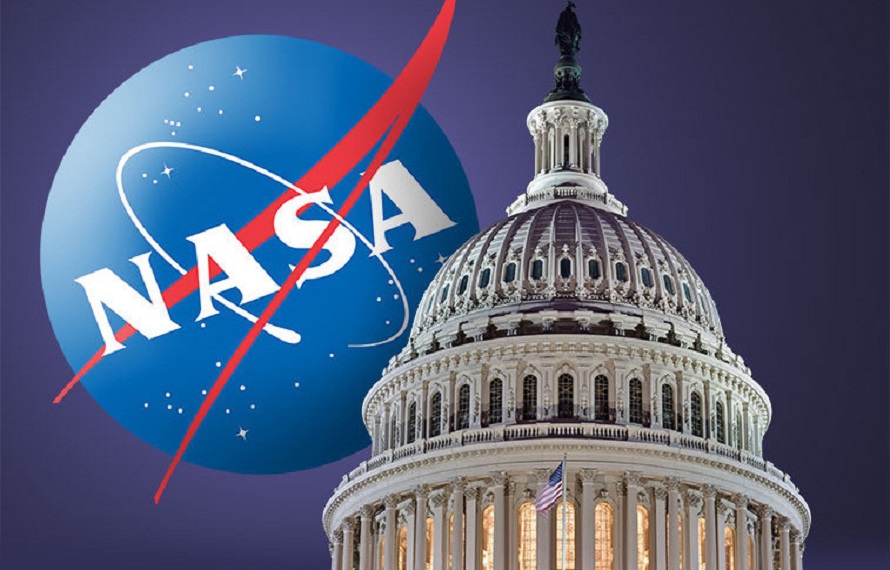DUBAI, U.A.E. — A new, scaled-back version of a spending package released Oct. 28 sharply reduced the money allocated to NASA infrastructure and climate change projects, while continuing to exclude funding for a second Artemis lunar lander.
The House released the text of the Build Back Better Act, a $1.75 trillion spending bill that is a revised version of an original $3.5 trillion bill often known as the budget reconciliation package because of the process by which it would be used to win passage in the Senate. The bill’s release came hours after President Joe Biden announced the revised proposal in a speech at the White House.
The bill includes $750 million for upgrades to NASA infrastructure, $140 million for Earth science research and applications, and $220 million for NASA’s aeronautics program. By contrast, a portion of the original bill approved by the House Science Committee Sept. 9 included $4 billion for NASA infrastructure, $163 million for Earth science and $225 million for aeronautics. That earlier bill also included $7 million for NASA cybersecurity.
NASA Administrator Bill Nelson had lobbied since the spring for more than $5 billion in infrastructure funding to repair agency facilities, including those damaged by hurricanes. A continuing resolution (CR) passed Sept. 30, funding the federal government through Dec. 3, included $321.4 mission for repairs to NASA’s Michoud Assembly Facility in New Orleans and Stennis Space Center in Mississippi.
“That eases some of our request for infrastructure we’re trying to get into the reconciliation bill,” Nelson said in an interview the day the CR passed. “We’ve got a lot of infrastructure needs.”
The revised Build Back Better Act, like earlier versions of the budget reconciliation package, included nothing for the Human Landing System program. Nelson sought $5.4 billion in the spring for HLS so the agency could support a second lander in addition to SpaceX, which won a $2.9 billion award in April to develop a crewed lunar lander.
Some in Congress have pushed NASA to select a second lander. Language in the report accompanying the Senate version of a commerce, justice and science appropriations bill for fiscal year 2022, released Oct. 18, directed NASA to use the $1.295 billion provided for HLS to “ensure redundancy and competition, including robust support for research, development, testing, and evaluation for no fewer than two HLS teams.”
A mandate to support two providers, but with little additional funding, puts pressure on the program. “We really want competition for as long as it’s practical,” NASA Deputy Administrator Pam Melroy said in an Oct. 26 interview during the 72nd International Astronautical Congress here. She cited her experience at DARPA, where projects sought to maintain competition for as long as resources allowed.
“But, at some point, you’re going to end up downselecting,” she said. “I think we just need to continue to work with our stakeholders on that.”
